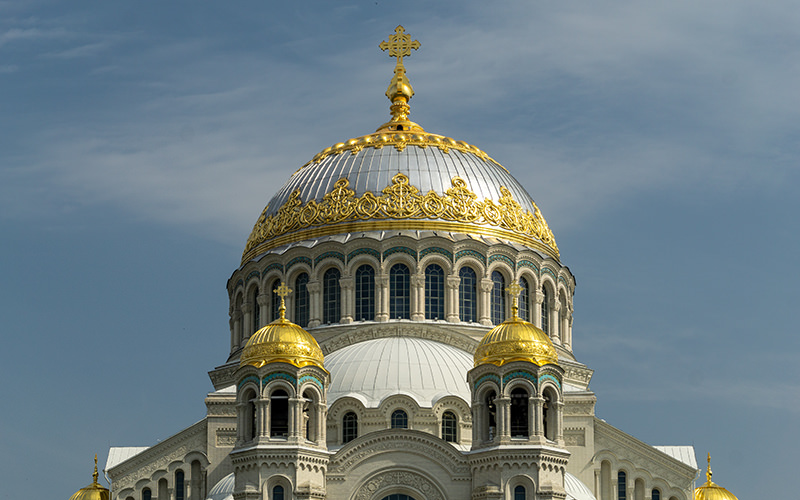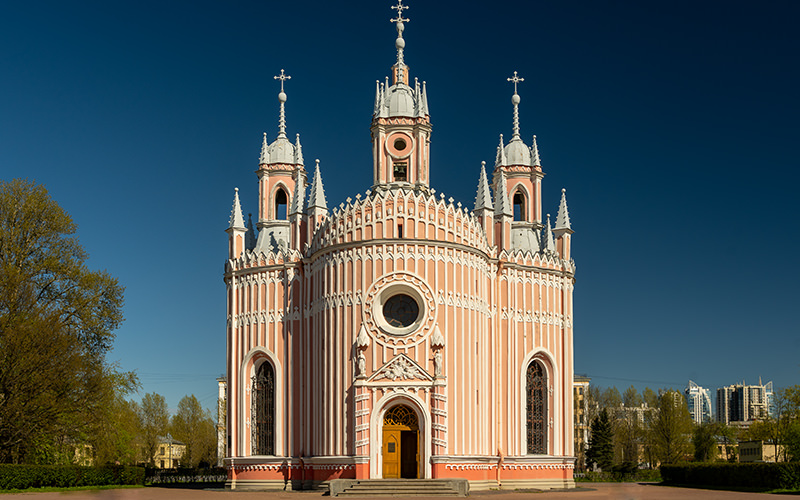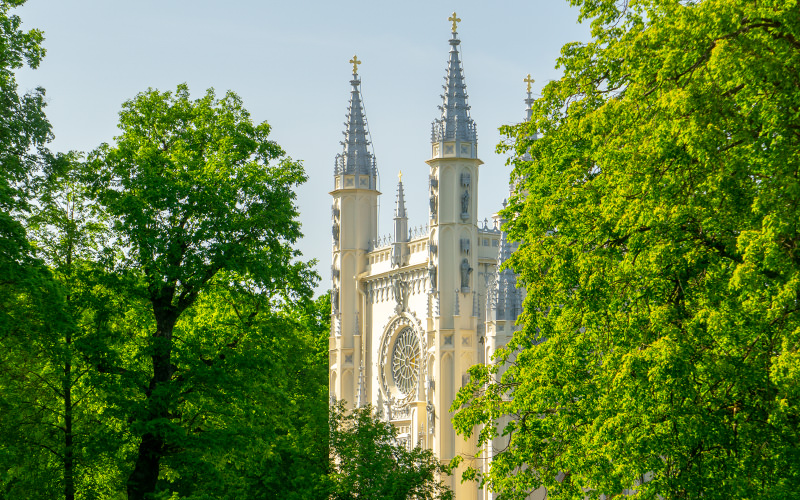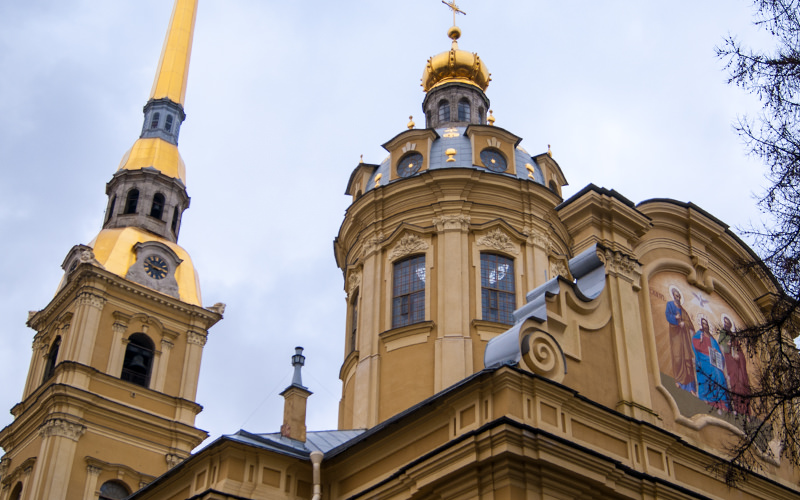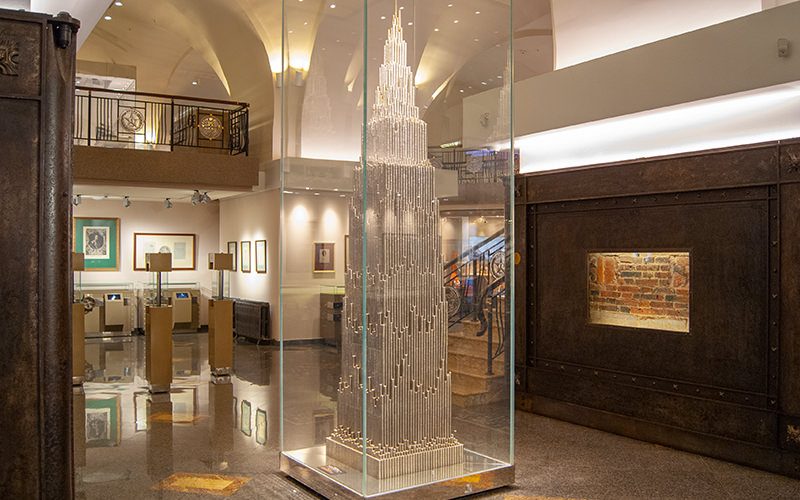The spire of St. Peter and Paul Cathedral is perhaps the architectural landmark most associated with St. Petersburg. I've previously written about the fortress. Today, let's explore the interior and learn more about the history of this ancient building.
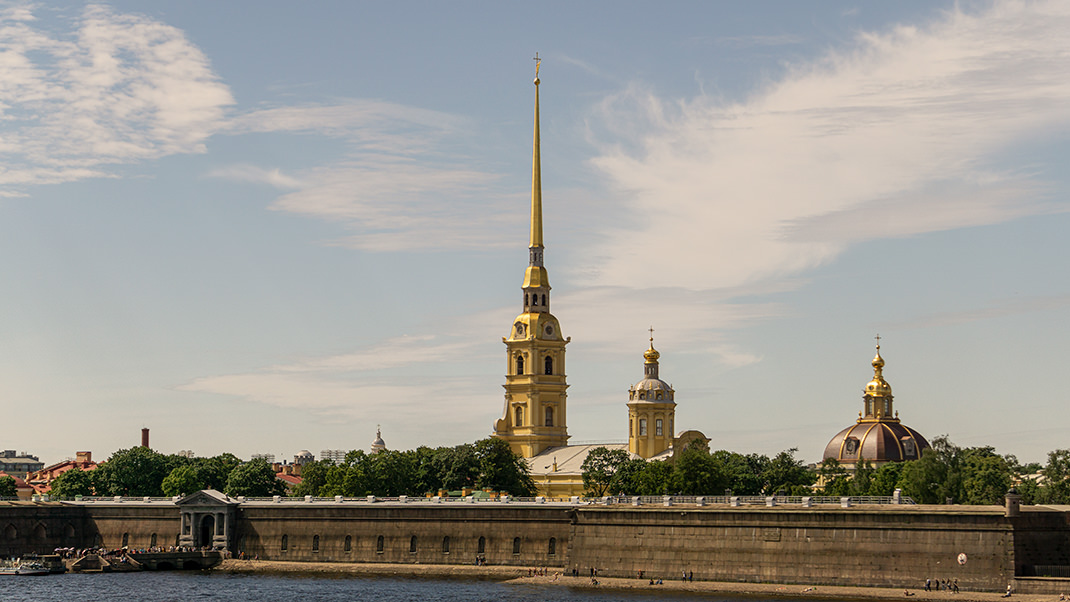
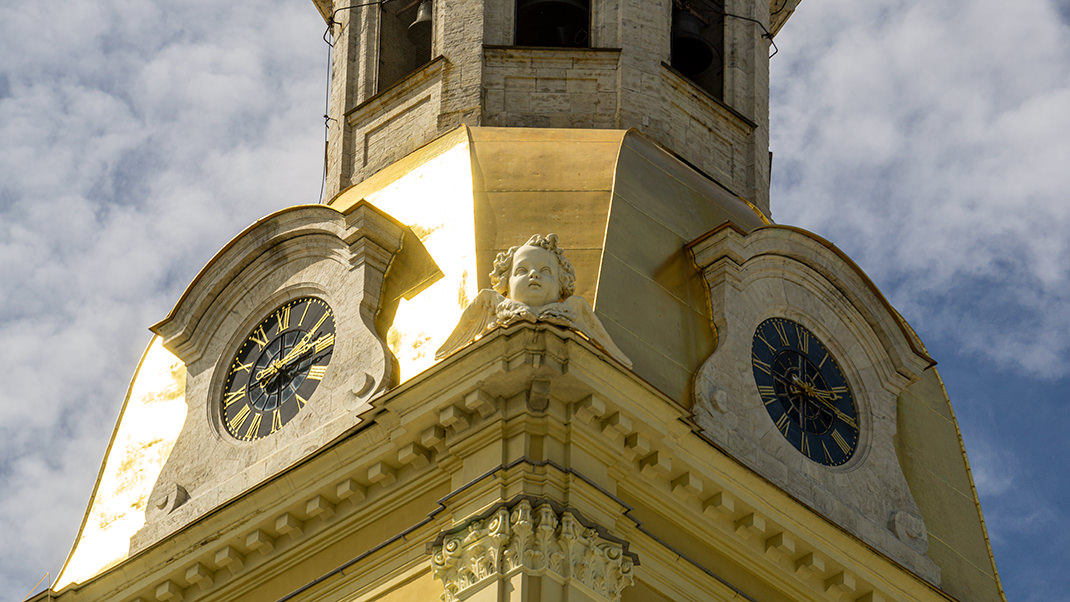
How to Get There
The nearest metro stations are “Sportivnaya” and “Gorkovskaya.” The cathedral and the Grand Ducal Burial Vault are open daily except Wednesday. Adult tickets cost 550 rubles (as of autumn 2019), with discounts for students and seniors. A combined ticket for several museums in the fortress is also available, with the nearest ticket office located in the Bot House.
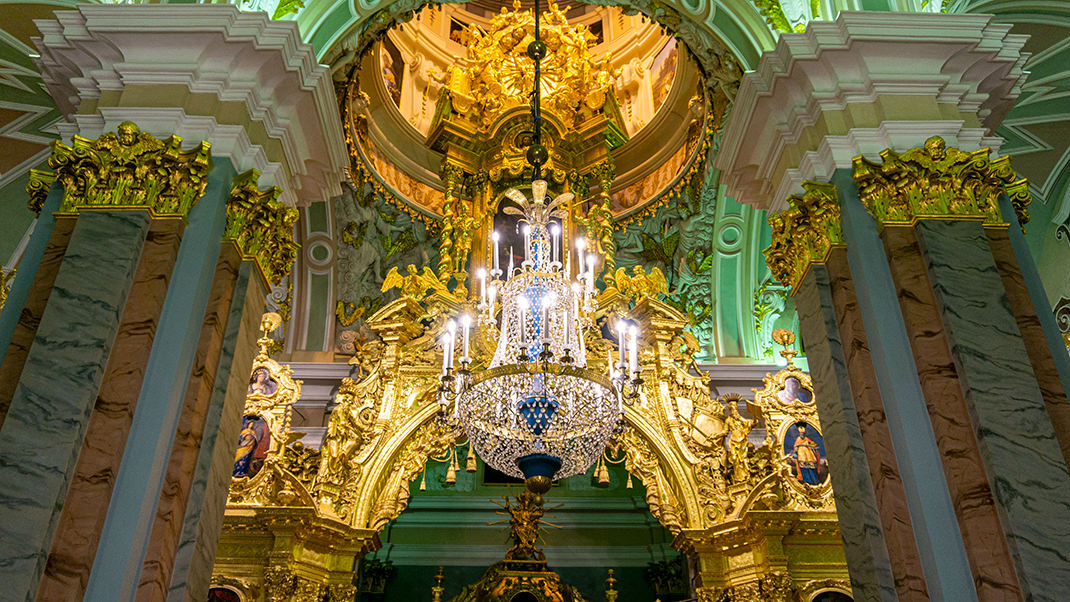
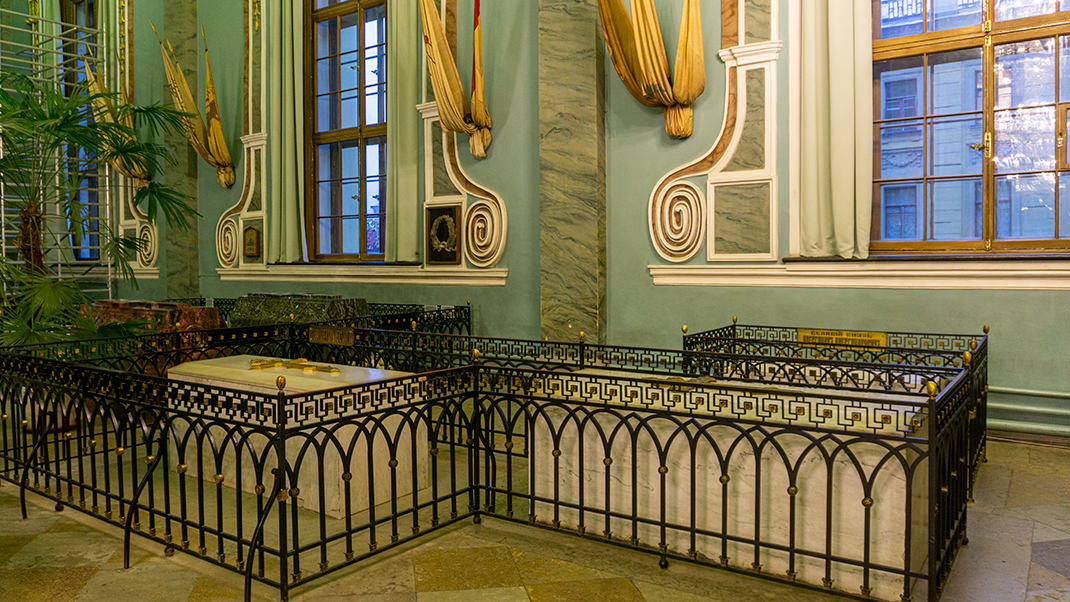
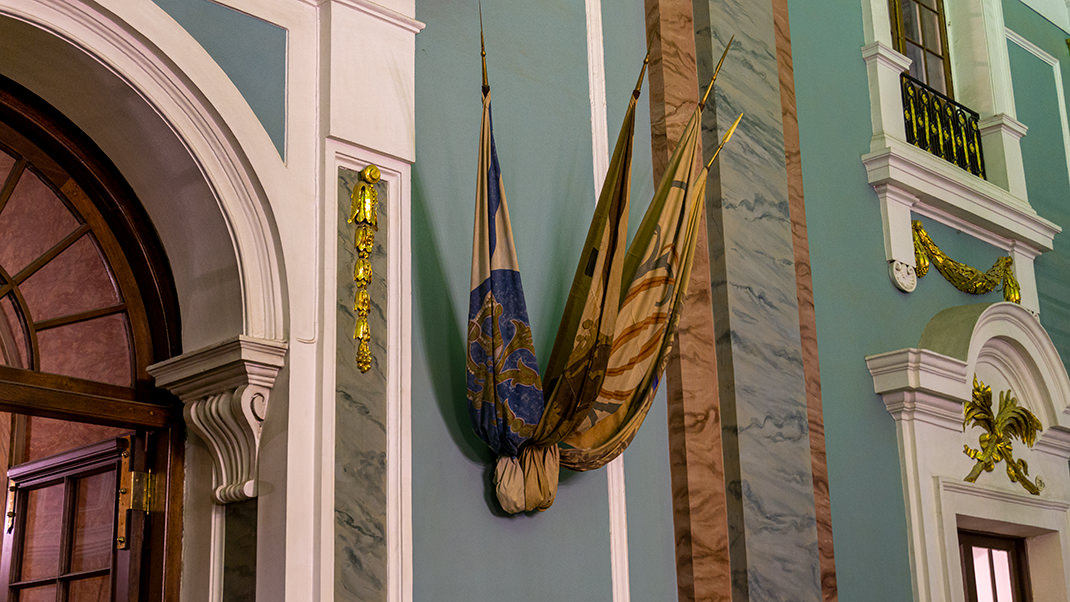
A Bit of History
The first church dedicated to Saints Peter and Paul was laid in 1703, shortly after the fortress's founding. Construction of the stone cathedral began in 1712 and was completed by 1733, a few years after Peter's death. The original wooden church was dismantled and moved to Petrovsky Island, where Matveevsky Garden now stands.
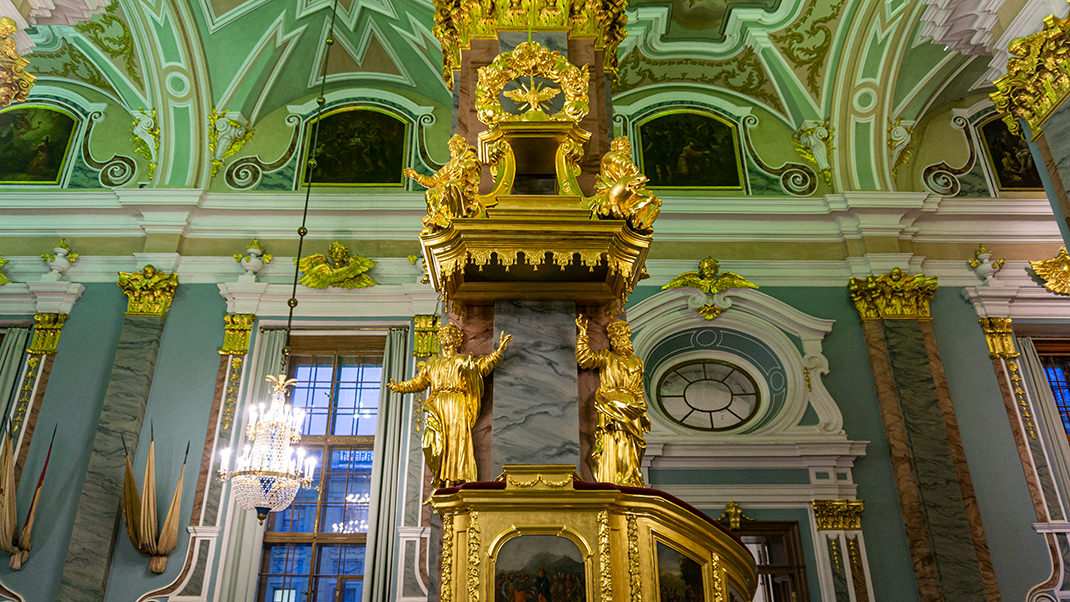
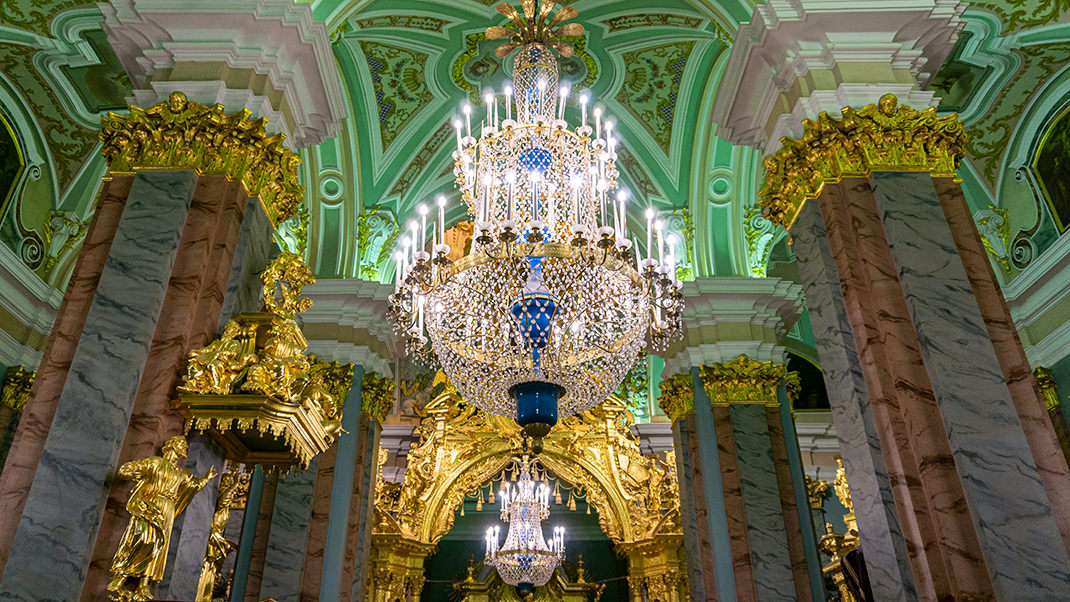
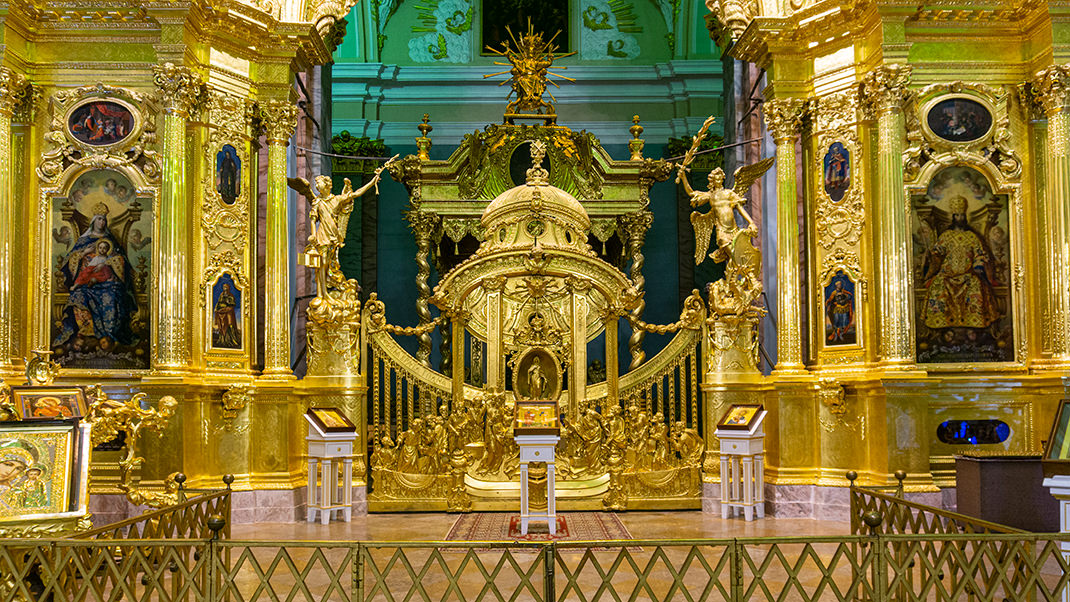
The stone cathedral was designed by the famous architect Domenico Trezzini, who also designed the Twelve Colleges and Peter's Summer Palace.
Peter envisioned a structure taller than the Menshikov Tower and Ivan the Great's bell tower in Moscow, and it surpassed the latter by 32 meters. The spire has since been raised an additional 10.5 meters, and the angel atop it is an official symbol of St. Petersburg.
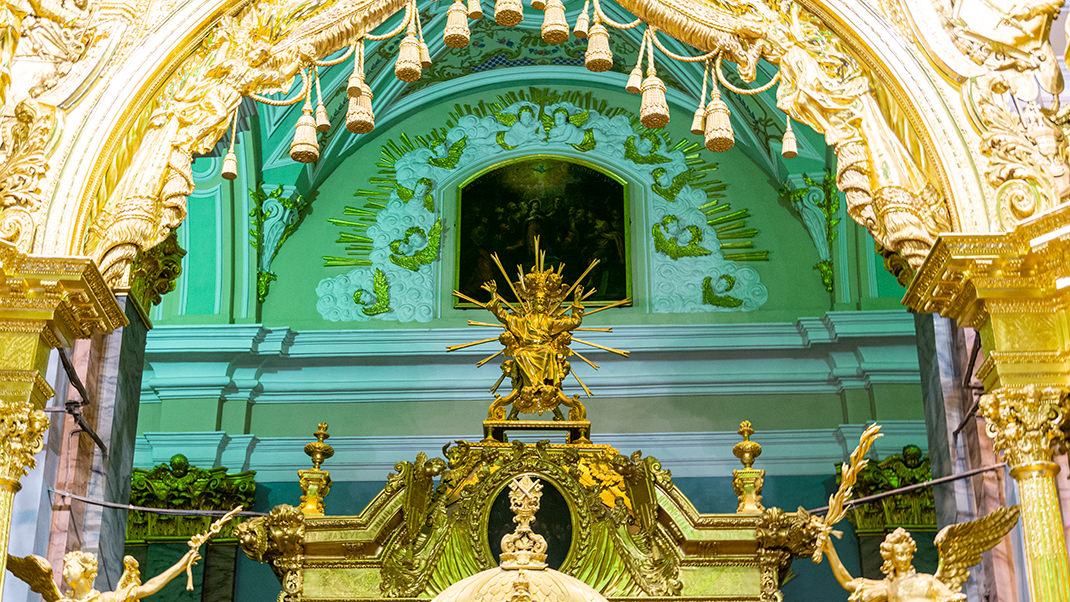
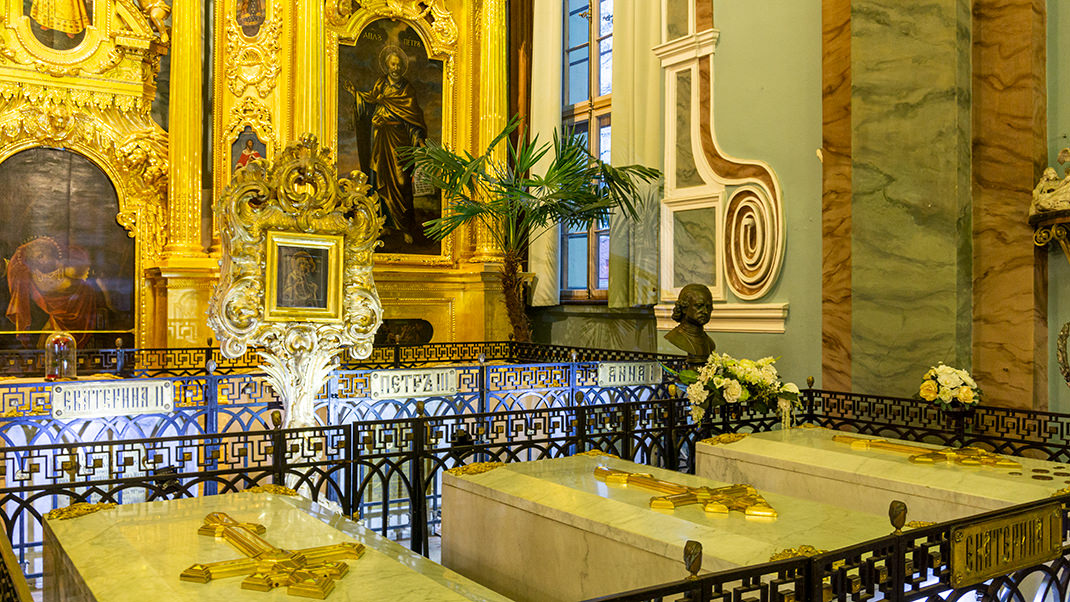
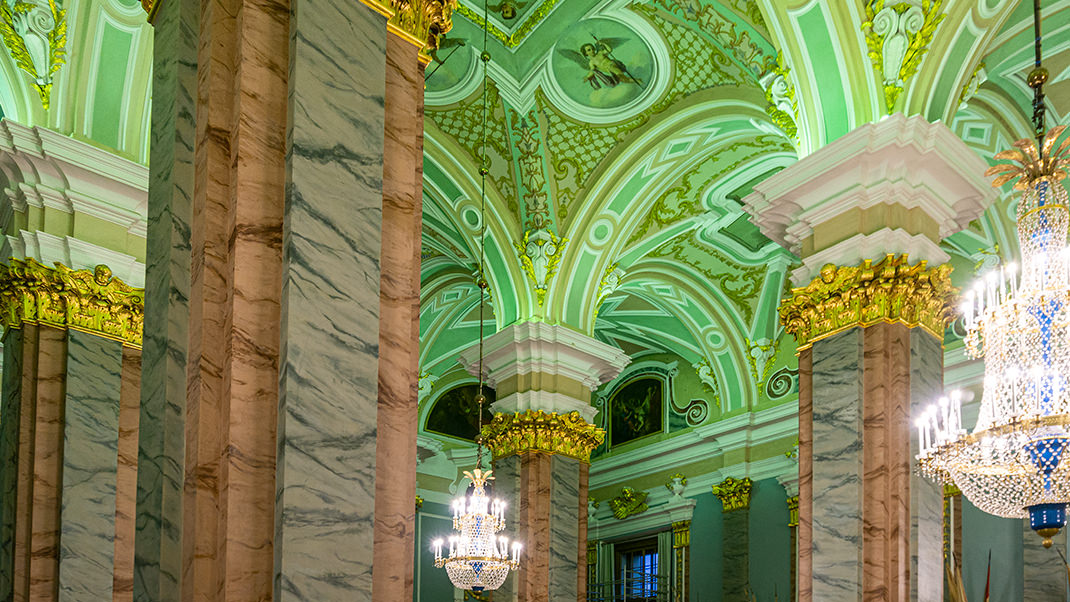
Since its construction, the cathedral has served as a burial site for the Romanov dynasty, with Peter's children interred there and all subsequent emperors (except Peter II and John VI) laid to rest within its walls. The Grand Ducal Burial Vault was added from 1896 to 1908.
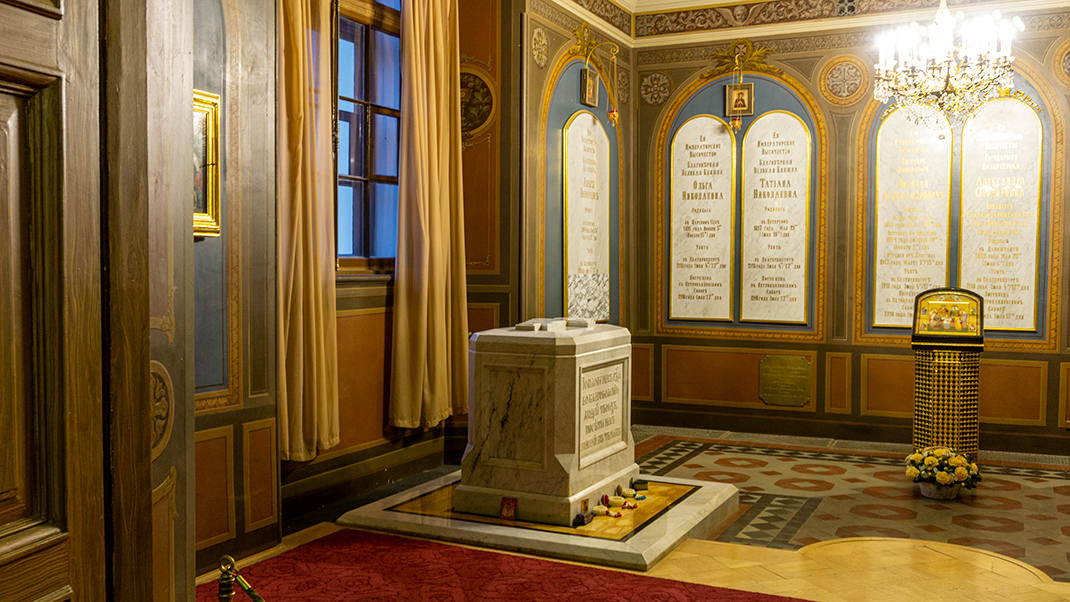
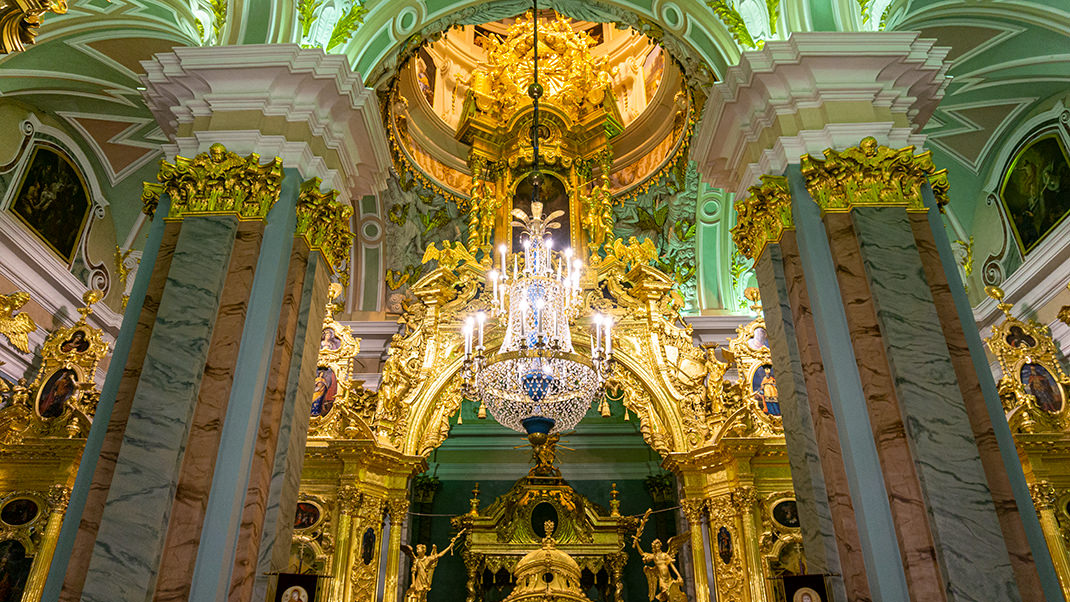
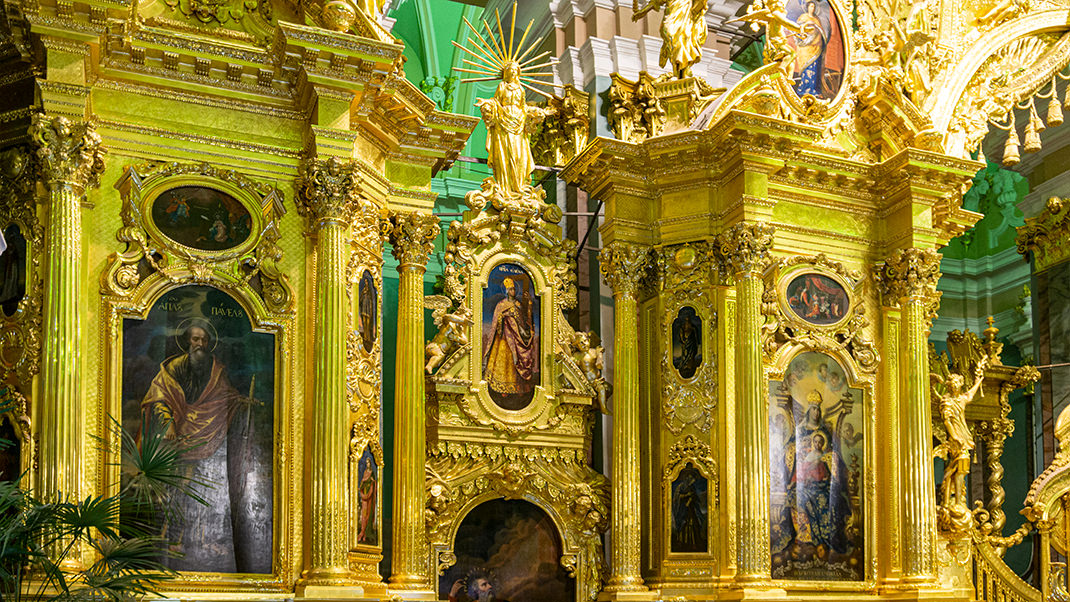
After the Bolshevik Revolution, the cathedral was transferred to the Museum of Revolution and later served as a warehouse for the Central Book Chamber. In 1954, it became part of the State Museum of the History of Leningrad (now St. Petersburg), which includes various branches like the Fortress "Oreshek" and the Rumyantsev Mansion.
In summary:
- One of St. Petersburg's most famous attractions;
- The tourist season sees a huge influx of visitors;
- Multiple exhibitions can be visited within the fortress.


